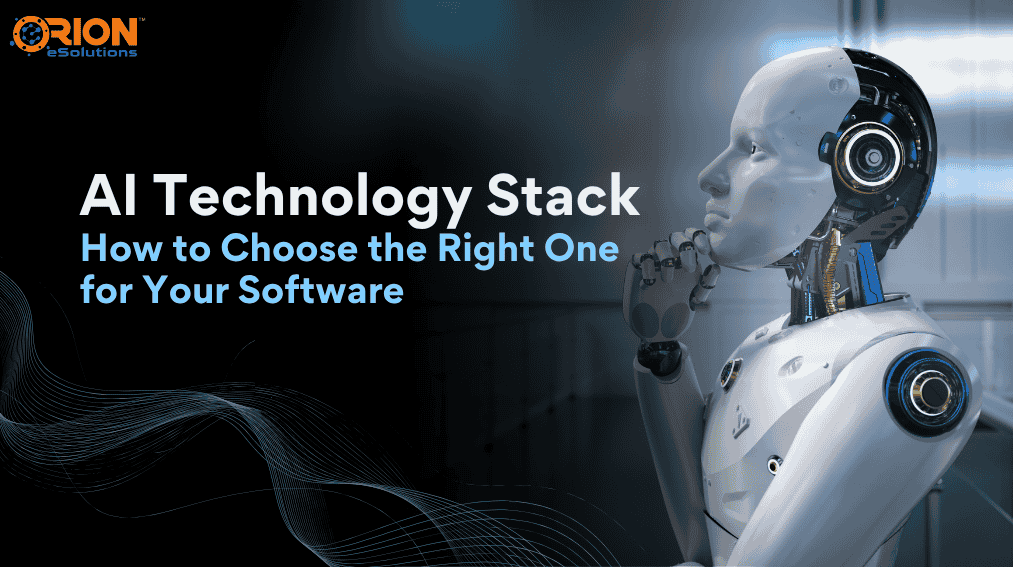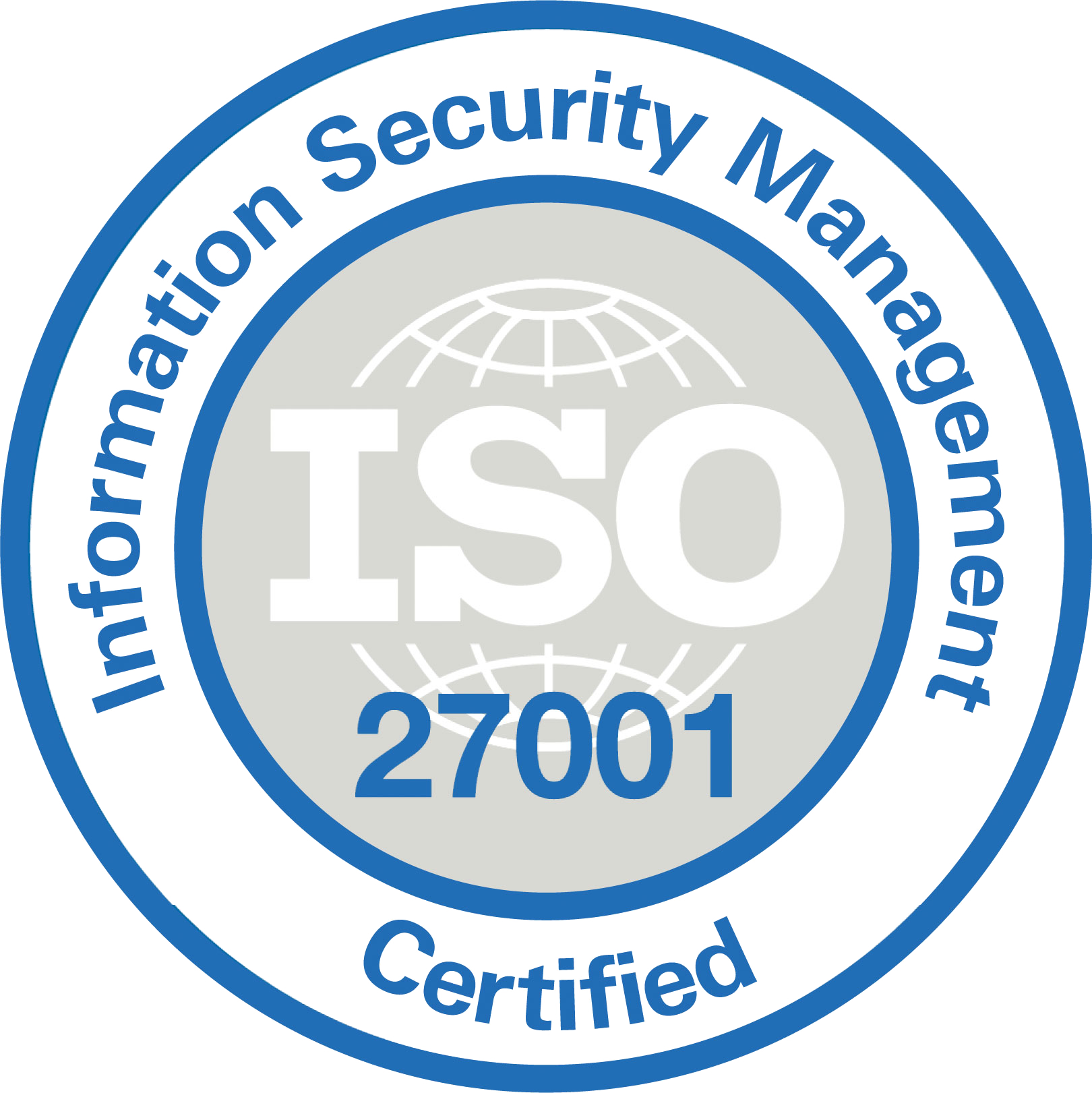We have officially stepped into an arena where AI is touching and transforming every aspect of our lives, exceptionally advancing the way we look at things and arrive at solutions. Which is precisely why opting the right AI technology stack is essential for businesses aiming to build intelligent, scalable, and high-performing software. Think of stack as your all rounder bestie, from data pipelines and algorithms to deployment tools, each layer of the tool plays a crucial role in how effective your solution will be. Let us walk you through how to select the best stack for your AI software development services. Whether you’re building from scratch or upgrading an existing system, we have got you covered.
What Is an AI Technology Stack and its Importance?
An AI technology stack is like the foundation of a smart building. It includes everything your software needs to “think” and adapt. From data collection and machine learning models to APIs and cloud infrastructure, the right stack ensures that your AI solution is not just functional but optimized for performance, efficiency, and long-term success.
The quality of your tech is of utmost importance now more than ever, as it holds direct consequences to enhancing your user experience, data security, and even ROI. The omnipresence of AI deployment is precisely why businesses today are resorting to expert AI software development services to navigate these choices wisely.
Core Components of an AI Tech Stack
Constructing an AI solution is quite similar to putting together a jazz band—each instrument (or utility) needs to play in harmony, but each also contributes its own personality to the performance. Your AI technology stack is your band, and if one part is ever out of tune—whether data ingestion or model deployment—the whole band can sound sour. To really innovate, it’s not a matter of having the most high-falutin’ tools; it’s a matter of selecting the right combination that is synergistic with your business objectives, team abilities, and long-term scalability. Let’s dissect the pieces of this AI “symphony” and analyze what each adds to the final note.
1. Data Management Tools
Data rules the world, especially in a zone surrounded with AI technology, data is at the heart of everything. For your software to “think” profusely and present you with its magic, it needs access to clean, structured, and relevant information.
- Storage Solutions: AWS S3, Azure Blob, Snowflake
- Data Labeling Platforms: Scale AI, Labelbox
- ETL Pipelines: Apache Airflow, Talend
Without high-quality data management tools, even the smartest AI models can fail.
2. Machine Learning Frameworks
The next layer involves training and developing the models that allow your software to learn from data.
- TensorFlow and PyTorch: These can be deemed as the go-to frameworks for deep learning.
- Scikit-learn: This tool in particular makes for an excellent choice if you want simpler models and classic algorithms.
- XGBoost: The tool XGBoost is commonly used in structured data projects.
When analysing and deploying AI development services, make sure they’re fluent in the right tools for your needs, not just the ones that are in vogue.
3. Model Training Environments
Training a model isn’t just about code—it’s also about infrastructure. You need GPUs, scalable compute resources, and automation.
- Google Vertex AI
- Amazon SageMaker
- Microsoft Azure Machine Learning
Partnering with an experienced AI development company in USA can help you choose cost-effective platforms for training without sacrificing speed or performance.
4. Deployment and Monitoring
After your model is built, it should be deployed into production and regularly checked for accuracy, drift, and performance.
- Docker/Kubernetes for containerization and orchestration
- MLflow or Kubeflow for lifecycle management
- Prometheus/Grafana for model performance monitoring
Monitoring is where most teams drop the ball. A forgotten or stale model will ruin the quality of your product in no time.
5. APIs and Front-End Integration
Even the most intelligent AI model is meaningless if it cannot integrate elegantly with your application’s front end. That is where flawless API and interface integration is important. From developing a chatbot, recommendation engine, or real-time analytics dashboard, your users require fast, intuitive, and responsive experiences.
- Flask, FastAPI, or Django for API creation
- React or Angular for frontend integration
- RESTful or GraphQL APIs for clean, scalable communication
An integrated system not only makes things function—it makes them seem easy. That’s where top-notch AI software development services excel, transforming backend sophistication into a user experience that just works.
How to Choose the Right AI Tech Stack: A Framework That Works
While choosing the perfect AI technology stack, don’t be hyperfixated on crossing off your checklist, instead make sure to align your technology choices with your business strategy. Below listed is a practical process to help guide the way:
1. Explain the Problem You’re Addressing
The real question is what is it that you specifically require AI to accomplish for your company? Is it predictive analytics, individualized experiences, automation, or detecting fraud?
The more explicit the problem, the better focused your tool choices can be.
2. Assess In-House Competence
Do you have an in-house team of data scientists and machine learning engineers? Or will you outsource to external AI software development services?
Selecting a stack that your team can handle—or hiring an AI development company in USA—will save time and money in the long term.
3. Think About Scalability Early
Will your application need to process additional data and users down the road? Select tools and services that scale cost-effectively without breaking the bank.
Cloud-native ones such as AWS or Google Cloud tend to get the win here due to flexibility and pay-as-you-grow.
4. Check Tool Compatibility
Make sure your AI tools are compatible and will integrate into your existing tech infrastructure. Open-source software and software developed on shared standards (such as Python libraries) are usually safer bets.
5. Opt for Tools with Solid Communities and Documentation
PyTorch and TensorFlow are some of the frameworks that have huge community support and are a popular choice, as here if you get stuck, you’ll find solutions. Proprietary tools with poor support can drag out development and be expensive in the long term.
Why Businesses Partner with an AI Development Company in USA
There are several U.S. businesses which are now tilting more towards working with external partners rather than building AI systems internally, and for good reason.
A top-tier AI development company in USA provides:
- Expertise across various industries (finance, healthcare, retail, etc.)
- Faster turnaround time from development to deployment
- Strategic guidance on tech stack, architecture, and compliance
- Ongoing support for scaling and optimization
Instead of trying to piece together your AI roadmap alone, it’s smarter to collaborate with specialists who offer comprehensive AI development services tailored to your unique challenges.
Common Mistakes to Avoid
Positioning any AI tech at your company initially can be a daunting task and this hangxiety can easily give rise to several mistakes. But, lucky for you, below we have listed out some of the common mistakes to help you avoid them in the foreseeable future.
- Choosing tools based on popularity rather than fit
- Ignoring how the AI layer integrates with your existing stack
- Underestimating the long-term infrastructure cost
- Skipping model monitoring after deployment
Real Business Benefits of the Right AI Stack
According to a 2024 Statista report:
- Companies using optimized AI stacks reported 26% faster time-to-market
- Firms leveraging professional AI development services saw 35% more efficient workflows
- Businesses working with an AI development company in USA experienced 40% fewer model failures
The numbers speak for themselves—choosing the right stack is about more than just technology. It’s about creating value.
Frequently Asked Questions (FAQs)
Q1. Do I need a custom AI stack, or can I use ready-made solutions?
If your use case is typical (such as a chatbot or computer vision), off-the-shelf AI platforms might be sufficient. But for something with complexities, a custom AI stack provides more control, flexibility, and precision.
Q2. Can my business afford AI software development services?
Absolutely! Most providers provide modular services or MVP-based development that meets your budget. The solution is to scale smart and focus on ROI.
Q3. What industries benefit most from AI development services?
Finance, e-commerce, manufacturing, logistics, education, and healthcare are among the leading industries investing in AI development services.
Q4. What makes an AI development company in USA stand out?
Local compliance knowledge, cultural alignment, time zone convenience, and strong accountability are some of the remarkable factors that give an edge to A development company in USA, both startups and enterprises alike.









